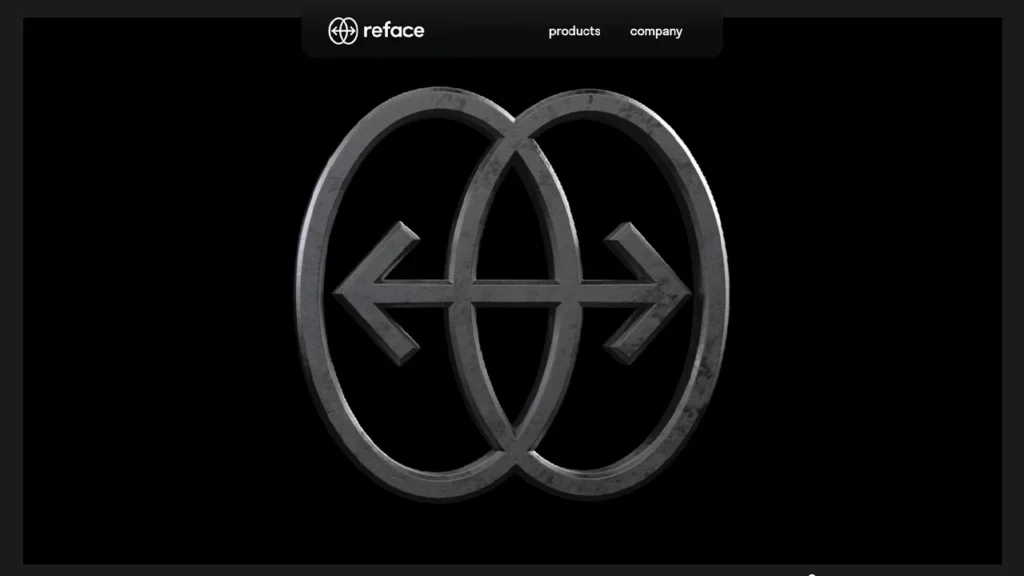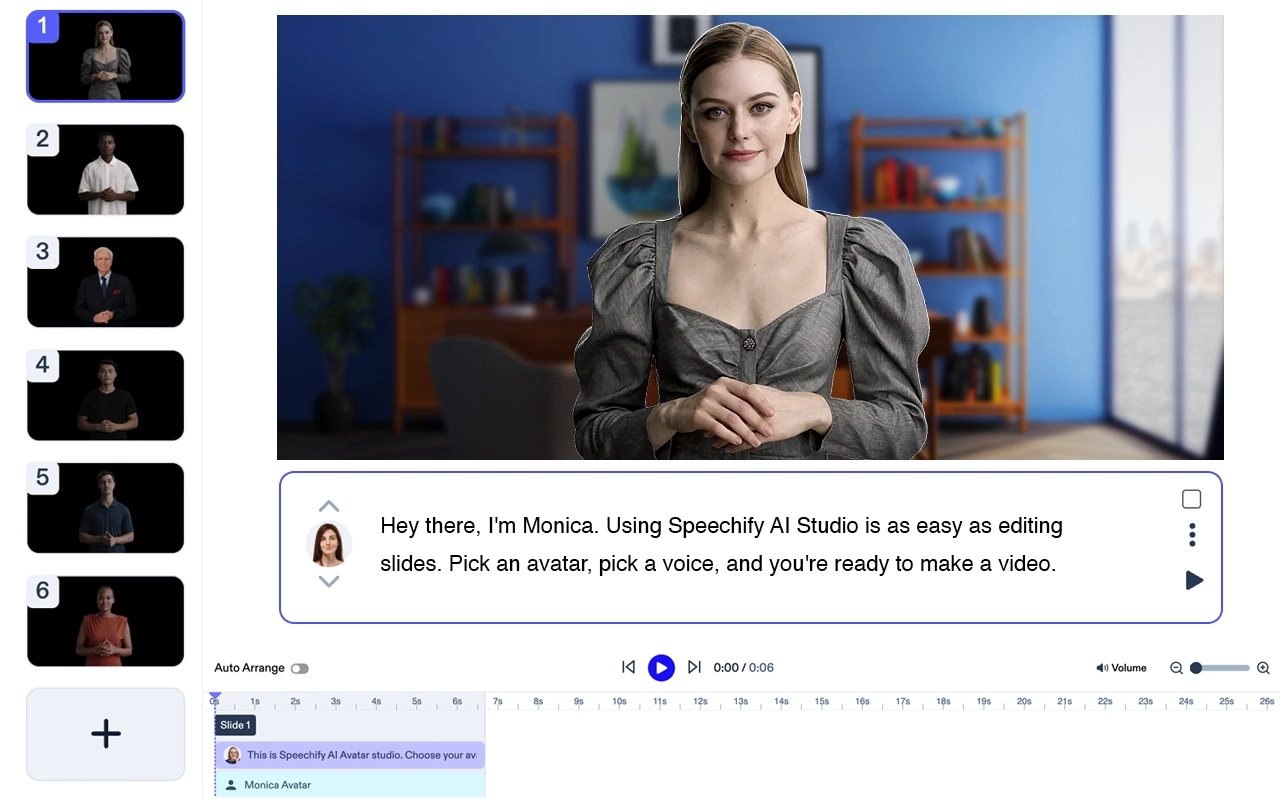Deep fakes have gained significant popularity recently, becoming a buzzword in the tech and media world. While deep fakes have raised concerns about the potential misuse of this technology, we should recognize that there are positive applications as well.
From creating funny memes to animating old photos and even advancing medical research, the possibilities of deep fakes are seemingly endless. This article will explore the top five deep fake makers and their features, examining how they use deep learning, artificial intelligence, and a Generative Adversarial Network (GAN) to create fake voices, videos, or images.
What are deep fakes?
Deep fakes are synthetic media that use deep learning, artificial intelligence, and a Generative Adversarial Network (GAN) to create fake videos or images. Training algorithms create them on large datasets of images and videos of a particular person or object. The algorithm then uses this information to generate new, realistic-looking, authentic content.
One of the most common uses of deep fakes is creating memes, gender swap selfies, celebrity face morphs, animating old photos, and other creative applications. For example, people use deep fake apps to insert their faces into famous movie scenes or music videos. They can also create realistic images of themselves as video games or movie characters.
However, deep fakes have also raised concerns due to their potential use for nefarious purposes, such as spreading misinformation. As a result, many social media platforms and governments have taken steps to regulate or ban deep fakes.
Despite these concerns, there are also many positive applications for deep fakes. For example, researchers use deep fakes to create realistic simulations of natural disasters or other scenarios for training emergency responders. The film industry can also use deep fakes to create special effects or generate realistic images of characters that have been long deceased.
Voice cloning technology and AI-generated speech are fascinating, if controversial, subjects. However, they are a convenient and immersive way to bring your favorite characters to life and tell your stories. Suppose you've always dreamed of your favorite TV or movie characters, actors, or celebrities voicing or acting out your dream scenarios. In that case, it may be a good reason to check out AI speech and deepfake technology.
Top 5 deep fake makers
Let's take a closer look at the top 5 deep fake makers anyone can try on their computers or smartphones:
DeepFaceLab
DeepFaceLab is a popular deepfake software available on GitHub. It can create high-quality fake videos. It's an open-source project that utilizes a deep learning algorithm and a GAN to generate realistic-looking faces. DeepFaceLab is intended for advanced users and requires a high-end GPU to run efficiently. It also has many features and templates, making it one of the best deepfake apps.
Deepfakes web

Deepfakes web is a user-friendly deepfake maker perfect for beginners. It is an online platform that utilizes deep learning algorithms and neural networks to generate high-quality deepfake images and videos.
It doesn't require a powerful computer as it's a browser-based platform running on the server side. Deepfakes web has many templates and tutorials to help users easily create their deepfake videos.
Reface

Reface is an iOS and Android app that allows users to swap their faces with celebrities using deepfake technology. It uses artificial intelligence and machine learning algorithms to seamlessly morph facial features and expressions. Reface also offers a lip-syncing feature, making it ideal for creating fun, entertaining videos for social media.
Wombo

Wombo is a popular deepfake app that specializes in creating lip-syncing videos. It uses deep learning algorithms to generate realistic lip movements that match the lyrics of a song. Wombo is available on iPhone and Android and has gained popularity on TikTok for its ability to create fun and engaging content.
MyHeritage

MyHeritage is a genealogy platform that helps users build a family tree and keep track of their ancestry. MyHeritage features deepfake software called Deep Nostalgia, primarily meant for animating old photos. It uses a neural network to generate realistic facial expressions and movements from still images. MyHeritage has gained popularity due to its ability to bring old photos to life.
Other deep fake makers worth mentioning
While the top five deep fake makers have gained significant popularity, other noteworthy options exist.
Face Swap Live allows users to swap their faces with others in real time, while Zao lets users insert their faces into movie scenes. FaceMagic and Jiggy also offer advanced face-swapping features for high-end users. Additionally, Deep Art uses neural networks to transform ordinary photos into works of art.
Deepfake text to speech technology has recently gained popularity on social media sites like TikTok, where users can use celebrity voices for humorous messages and videos. These deep fake makers and technologies demonstrate the ever-increasing capabilities of AI and machine learning in entertainment and creativity.
There's nothing fake about Speechify celebrity voices

Speechify is an excellent text to speech (TTS) app that offers actual celebrity voices to read out your text. Unlike deep fake apps that simulate celebrity voices, Speechify's authorized audio samples sound like real-life recordings from famous actors, politicians, and authors.
With Speechify, you can listen to the news read by Gwyneth Paltrow, a book read by Snoop Dogg, or even have Barack Obama read out your emails. The app is available on both iOS and Android platforms and offers a range of features such as voice speed and pronunciation customization, background listening, and more.
Best of all, Speechify is free to download and use, making it an excellent option for anyone looking for a quality TTS experience.
FAQ
What is the best free deep fake software?
Several free deep fake software options, including DeepFaceLab and Deepfakes Web, are available. However, the quality and ease of use can vary, so it's best to try a few options and see which works best for your needs.
Are there any free deep fake sites?
Yes, some free deep fake sites are available, such as Deepfakes Web and Wombo. However, remember that these sites may have limitations in terms of the quality and features available compared to paid software or apps.
Who can make deep fakes?
Anyone with access to the necessary software and hardware can make deep fakes. However, it's essential to use this technology responsibly and avoid using it for malicious purposes, such as spreading misinformation or creating non-consensual pornography. Additionally, some jurisdictions have laws regulating the creation and distribution of deep fakes.





